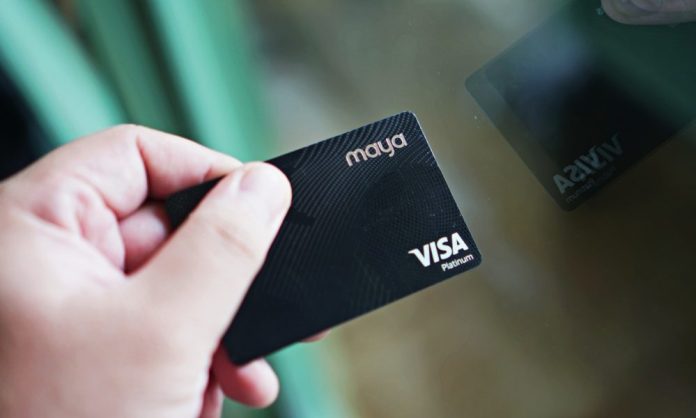Gift card balances occasionally need to be moved from one card to another. Original cards expire soon, get damaged, or come from undesired retailers. Recipients want to consolidate multiple small balances into a single usable amount. Balance transfers solve these problems when possible. Transfers between different card types face influential limitations. Balance verification through amex gift card balance systems shows current amounts available for potential transfers. Unfortunately, moving money between unrelated card programs rarely works smoothly. Direct issuer-to-issuer transfers usually require special circumstances, relationships, and programs designed specifically to enable movement.
Same retailer card consolidation
Single retailers sometimes allow combining multiple cards into one. Someone holding three Starbucks cards with small balances might consolidate them into a single card carrying a total amount. Contacting customer service initiates consolidation requests. Representatives verify ownership of all cards through security questions. Once confirmed, they transfer balances from old cards to new cards electronically.
In-store consolidation works at some retailers. Bringing multiple cards to registers, asking the staff to combine them, and receiving single cards carrying combined balances completes processes immediately. Mobile apps increasingly offer self-service consolidation. Users are adding multiple cards to app wallets, selecting merge functions, following prompts, and transferring balances without customer service involvement.
Store card to network card conversion
Retailer-specific cards almost never convert to general-purpose network cards. Gap cards cannot become Visa cards. Starbucks cards cannot transform into Mastercard cards. The account structures differ fundamentally, preventing conversion. Some retailers offer both store cards and co-branded network cards. These separate products serve different purposes, maintain distinct accounts, and never transfer balances between types. Requesting conversions from customer service generates denials. Representatives explain the technical impossibility. No amount of escalation changes these limitations rooted in payment system architectures.
Reloadable card balance additions
Reloadable cards accept new money additions but rarely accept transfers from other cards. Loading new funds happens through bank accounts, credit cards, and cash deposits. Existing gift card balances cannot be transferred into reloadable accounts. Exceptions exist when reloadable cards come from retailers that also sell standard gift cards. Some reloadable programs accept balances from their own gift card products. This works only within single-brand families. Third-party services claiming balance transfer capabilities often charge fees approaching or exceeding transfer values. These services rarely work as advertised, generating complaints from disappointed customers expecting simple transfers.
Practical workaround solutions
Since direct transfers usually fail, workarounds become necessary. Using unwanted cards for purchases and requesting refunds to preferred cards creates effective transfers. Buying merchandise with unwanted cards, returning items for refunds to desired cards, moves value indirectly. Most retailers process returns to whatever payment method customers request when original cards are unavailable.
- Purchase items using unwanted gift cards at retailers accepting those specific cards
- Return purchases immediately or after brief periods, requesting refunds
- Provide desired gift cards as refund destinations when processing returns
- Receive refunded amounts onto preferred cards, effectively transferring original balances
- Repeat processes for multiple unwanted cards needing consolidation
This method requires receipts, return windows, and compliant retailers. Some stores refuse returns, and others require original payment methods. Success varies by retailer policies. Reselling unwanted cards through secondary marketplaces converts them to cash, which is used to buy preferred cards. Selling $100 unwanted cards for $85 provides cash to buy $85 cards from desired retailers. This results in an 85 per cent value versus zero from unused cards.
Practical workarounds through return processes, resale marketplaces, and digital wallet management provide alternative solutions when direct transfers fail. These limitations prevent wasted effort attempting impossible transfers while identifying viable alternatives, achieving similar balance consolidation goals through indirect methods.






